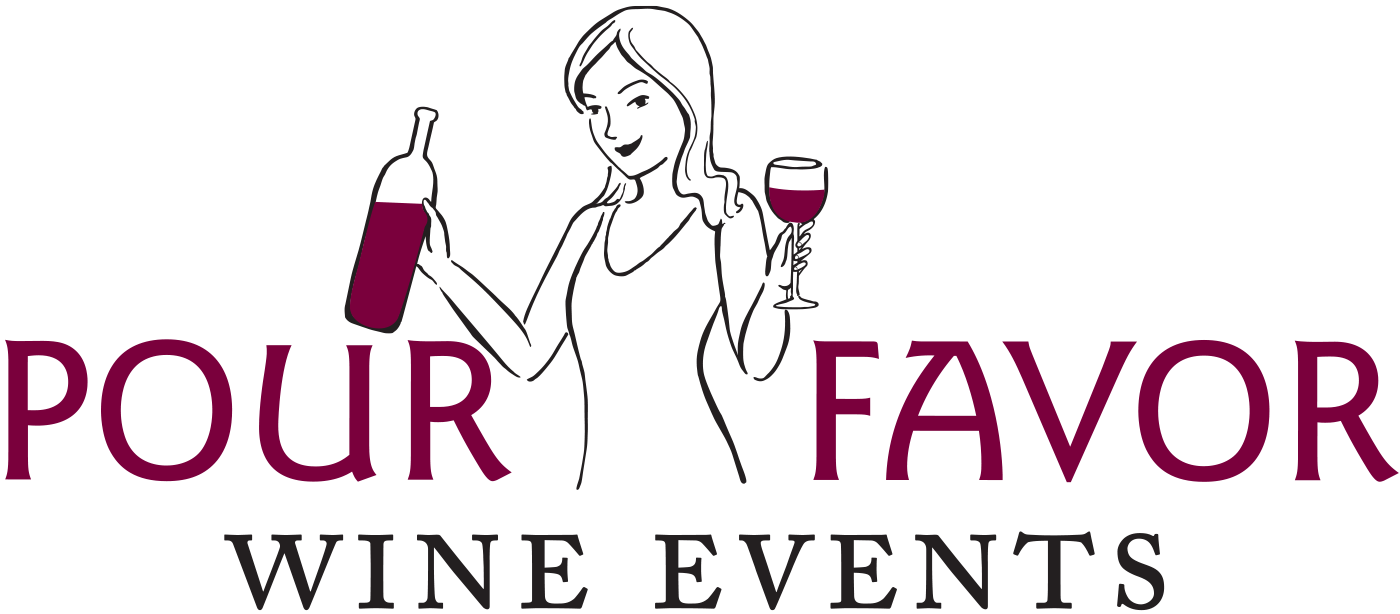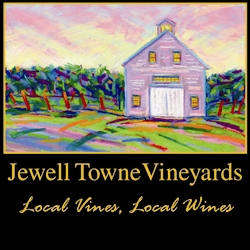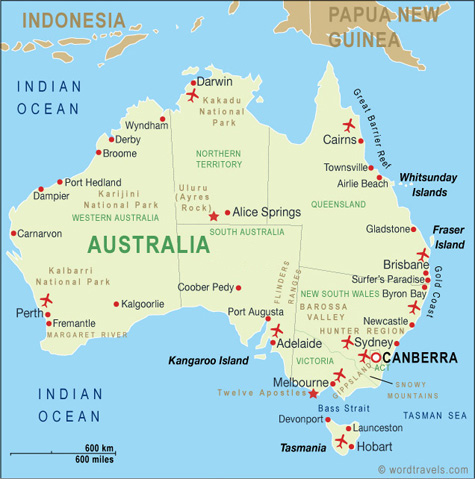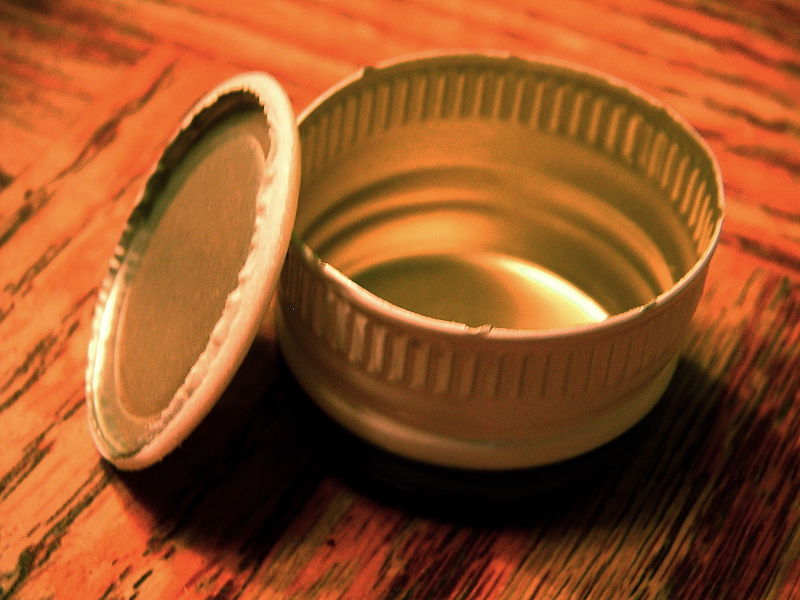Everyone encounters random, sometimes juicy, sometimes humorous, sometimes head-scratching tidbits in their line of work. Often enough these little gems are in one ear and out the other - or at least you move on to the next thing, filing that piece of information in some magical place in your brain. What we often take for granted is when these gems actually might have relevance, or interest for other people.
Case in point: I've been having a blast preparing for an upcoming, private wine tasting party where cool blends will be featured. A friend of mine met me for lunch mid-preparation and I was just bursting with excitement about this that and the other thing. (Finding out a wine's story, or conjuring my own fantasies based on my gut reaction to tasting a wine is like catnip to me!) At one point my friend looked at me with a smile playing on her lips and said: Well, if you ever forget the exact percentage of which varietal goes into the wine, you can always just look on the label!
I smiled at her practicality and then started to laugh a bit, too. I've learned this is a very American thought.
Turns out Americans are the ones who like to know the who, what, where, when and why of it all. Perhaps other cultures are similar. But my experience is this is distinctly American - and winemakers overseas go just batty with our concern with such details (when it comes to wine, anyway). If you've noticed, Old World producers aren't quick to make a wine label particularly discerning in terms of which grape(s) actually went into the bottle. If anything, their wine laws somewhat prohibit giving up the goods, if you will, preventing them from even putting the name of the varietal used in the wine if it comes from a certified area (e.g. AOC, in France). (Labeling is actually a total nightmare given all of the moving parts and import/export regulations that vary globally.)
With the American movement to find out every bloody ingredient in everything you consume, winemakers will have their work cut out for them. I mean, most people don't realized that fining/filtering a wine is often done with egg whites, let alone all of the other scientifically orchestrated additives that go into creating a stable wine. (I've got a sensitive stomach and I'm all for them given the alternative!)
Perhaps not a late-breaking news item for all of you, I realized this week perhaps more of you are like my wine-drinking friend out there and haven't heard the latest in wine labeling.... Bonny Doon announced last January it was coming clean. They are listing all of the ingredients in two Demeter certified wines they now produce.
Will Boon Doon start a new trend in wine labeling? Or is it time to put away the magnifying glass and just enjoy the juice?



 Perhaps like you, earlier this week I
Perhaps like you, earlier this week I 
 'Going with your gut is one of the most important skills you can have in the wine world,' believes a great colleague of mine who's been doing this since before I was born. Today I'm applying that skill to my wine blogging. No doubt there are other wine news and events ideas circulating the world wide web that may be valid contenders for my Friday post. Usually there are several. But today, today, I'm going with my gut before I get side tracked with all the possibilities. Decanter's
'Going with your gut is one of the most important skills you can have in the wine world,' believes a great colleague of mine who's been doing this since before I was born. Today I'm applying that skill to my wine blogging. No doubt there are other wine news and events ideas circulating the world wide web that may be valid contenders for my Friday post. Usually there are several. But today, today, I'm going with my gut before I get side tracked with all the possibilities. Decanter's  I've been running from industry tasting to industry tasting the last few weeks, not only tasting the new releases and other new wines available this fall, but also picking up tidbits here and there about what's what and otherwise on the minds of winemakers, importers, distributors and, of course, consumers. I find it absolutely fascinating to compare these 'hallway musings' with what I read on various blog sites and in on-line trade mags. This gives me a sense of whether these conversations are local to the MA/New England market, or if they are more global. Today I can't help but give you a snapshot of these ruminations, hopefully giving you the chance to be "a fly on the (wine trade) wall"!
The question of the strengthening dollar. I can't tell you how many folks have asked why wine prices are still high when the dollar is getting stronger (granted, a relative concept). No surprise, it's on everyone's mind. I can't wait myself! Well, in uncertain economic times, no one is more anxious to start sharing the 'winnings' than the importers of fine wines from Europe. After all, wine does go sour eventually! If they can't unload it then they're the ones who will really be hurting. The thing is, the wine already on shelves is wine that was purchased when the dollar was particularly weak. I think we'll see things start to turn around soon enough, though. Dr. Vino seems to have the same take. Importers are eagerly biding their time, waiting for the wares they are now buying overseas (at a better price) to come to market here in the U.S.. Check out
I've been running from industry tasting to industry tasting the last few weeks, not only tasting the new releases and other new wines available this fall, but also picking up tidbits here and there about what's what and otherwise on the minds of winemakers, importers, distributors and, of course, consumers. I find it absolutely fascinating to compare these 'hallway musings' with what I read on various blog sites and in on-line trade mags. This gives me a sense of whether these conversations are local to the MA/New England market, or if they are more global. Today I can't help but give you a snapshot of these ruminations, hopefully giving you the chance to be "a fly on the (wine trade) wall"!
The question of the strengthening dollar. I can't tell you how many folks have asked why wine prices are still high when the dollar is getting stronger (granted, a relative concept). No surprise, it's on everyone's mind. I can't wait myself! Well, in uncertain economic times, no one is more anxious to start sharing the 'winnings' than the importers of fine wines from Europe. After all, wine does go sour eventually! If they can't unload it then they're the ones who will really be hurting. The thing is, the wine already on shelves is wine that was purchased when the dollar was particularly weak. I think we'll see things start to turn around soon enough, though. Dr. Vino seems to have the same take. Importers are eagerly biding their time, waiting for the wares they are now buying overseas (at a better price) to come to market here in the U.S.. Check out  If I was back behind a desk/computer 24-7 this week, I'd likely be following the latest about the market's ups and downs and supplementing with check-ins at ESPN.com to see what's being said about this weekend's football match-ups and how the baseball standings are evolving. To add a little something different to your news feed, I can't help but share two completely unrelated, wine-related news stories that caught my attention.
First, if you're local to the Greater/Boston area you may be happy (and pleasantly surprised) to learn
If I was back behind a desk/computer 24-7 this week, I'd likely be following the latest about the market's ups and downs and supplementing with check-ins at ESPN.com to see what's being said about this weekend's football match-ups and how the baseball standings are evolving. To add a little something different to your news feed, I can't help but share two completely unrelated, wine-related news stories that caught my attention.
First, if you're local to the Greater/Boston area you may be happy (and pleasantly surprised) to learn 
 And... she's back! And I haven't let the jetlag from my trip to Istanbul and Cyprus slow me down a bit. Afterall, I have your needs first! I launched right into tasting season here in Beantown on Wednesday afternoon, spitting so you don't have to. Being out in the "field" does challenge a girl to stay on top of other wine related news. But in the fray, I found something this week I thought might be interesting for us to banter about: oenolgoical research.
A few weeks ago I posted about
And... she's back! And I haven't let the jetlag from my trip to Istanbul and Cyprus slow me down a bit. Afterall, I have your needs first! I launched right into tasting season here in Beantown on Wednesday afternoon, spitting so you don't have to. Being out in the "field" does challenge a girl to stay on top of other wine related news. But in the fray, I found something this week I thought might be interesting for us to banter about: oenolgoical research.
A few weeks ago I posted about 
 I'm sure you have read numerous articles about how the world of
I'm sure you have read numerous articles about how the world of